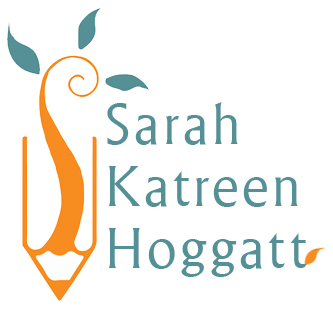I wrote the following as a report on the Wholeness and Diversity Conference I attended last March. Enjoy!
Being born and raised in the Northwest, I haven’t been exposed to a great deal of diversity in my life. Living an hour away from the Pacific Ocean, this area has only been settled by the white man for a hundred and sixty years. Our oldest buildings are the clapboard mission houses built by the first pioneer settlers. Though we have a smattering of Germans, Russians, and a good size minority of Hispanics, most people are white, many descended from the first pioneers who crossed the continent on the Oregon Trail. As children, we learn about what it took to cross the harsh land in a covered wagon, what supplies we would have needed, and we play games on whether or not we would have survived. I usually didn’t.
When I had the opportunity to visit Savannah, Georgia, and St. Helena Island in South Carolina earlier this year, I saw a very different view of diversity that has changed my outlook since. Seeing the harbor in Savannah where ballast stones from the slave ships were used as paving stones, the church with holes in the floor to let runaway slaves breathe while hiding, the market where black prisoners were sold, and a red brick church that slaves built but weren’t allowed to use, brought everything I had only read about in history books, that was before unreal and intangible thousands of miles away, alive and a part of the world I see today- who I am today. It was like seeing a vision in a dream and then having that picture come to life before my eyes. Once that happens, one can no longer turn away and say it was just a dream or it’s in the past. It’s not in the past, slavery, prejudice, and disparity between races is part of our present as well. I can no longer look at the chasm between races and ignore it, or say it’s not that bad. I’ve seen it, I’ve seen what it can do and I am now more passionate than ever to stand in the gap and form the bonds that may one day make a bridge.
Before attending the conference, I formed a bond within myself reading the book, The Shack. In the book, the author uses the character of a black woman to represent God the Father. It was one of my favorite parts of the whole story as it was an image that had already become meaningful to me. It broke the classic father picture I had and taught me some new things about who God is. While sitting in our meeting room on St. Helena, I spent one session looking across the circle at a black woman imagining she was God joining our group in a very physical manner. Though I didn’t think much on the general effects of thoughts such as that at the time, I believe we were each learning to transcend and appreciate diversity which we all do when we can truly see God in another who looks and acts differently than we do.
This lesson was put to the test a month later after returning home from the conference when I got to share what I learned with my fellow editorial board members of the Quaker Youth Book Project. Gathered in a house less than two minutes from the Pacific Ocean, diversity entered my part of the world as I had never seen. Hailing from five countries, I told them about my experiences at the conference, what I learned, and how it changed me as a person. We put such lessons into practical application as we met together to discuss submissions, exploring each other’s cultures to better understand where we and some of the writings came from. We learned to really listen to one another, to respect each other’s traditions, and most of all, the bonds of love between us were strengthened in spite of and because of our differences. I now feel I have brothers and sisters around the world both from the Wholeness and Diversity Conference and from the Quaker Youth Book Project Editorial Board.
Being exposed to diversity, different cultures, southern comfort and English food, different accents I have learned to understand along with the thoughts behind them, and different ways of behaving, has taught me a new way to relate to the world. I can see better with eyes that are not my own, value lives I have not lived, and encourage voices to speak I do not understand. Living in diversity is important, people willing to form bonds and cross barriers are desperately needed. Now that I have seen these issues alive around me, I will continue to seek out diversity and continue to encourage others to do the same no matter where I go and who I meet. Diversity is always there to appreciate if we open our eyes.
365-09 #243

